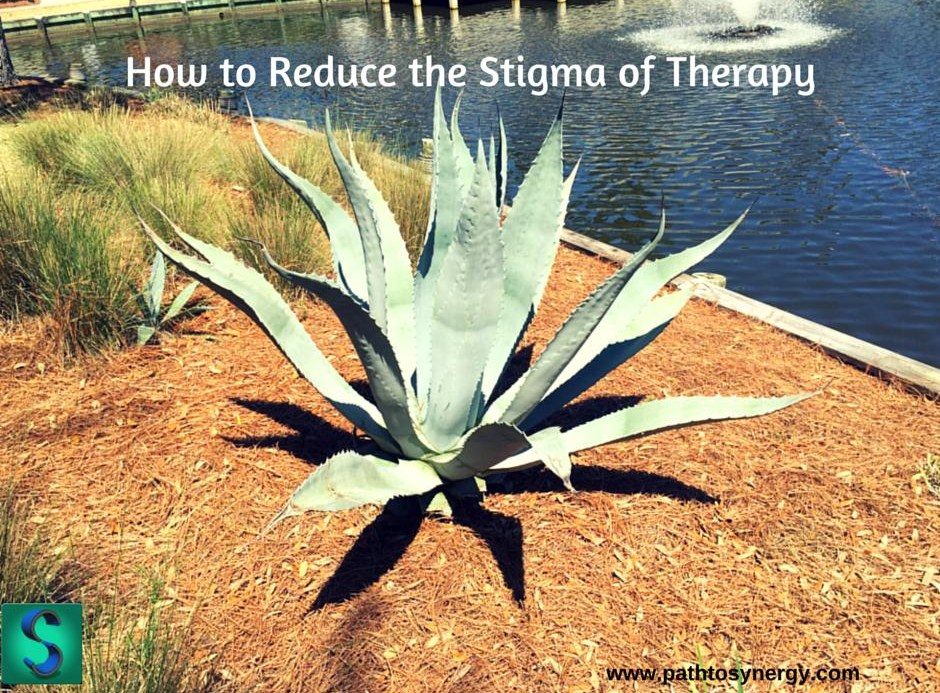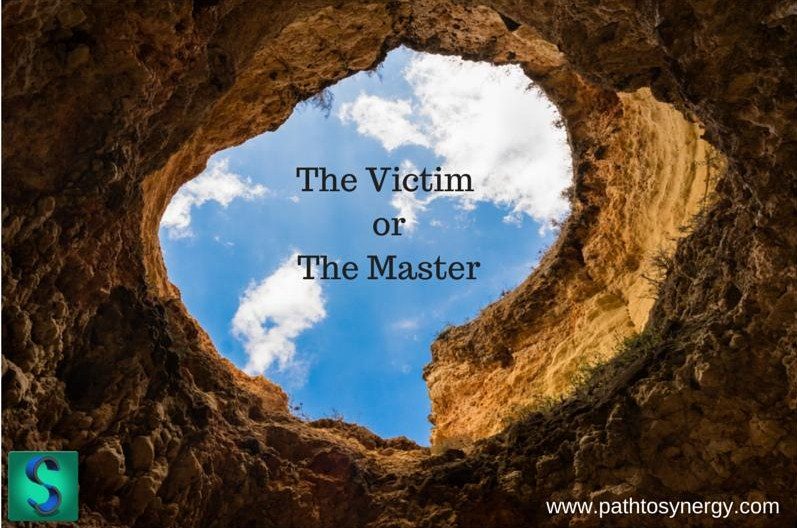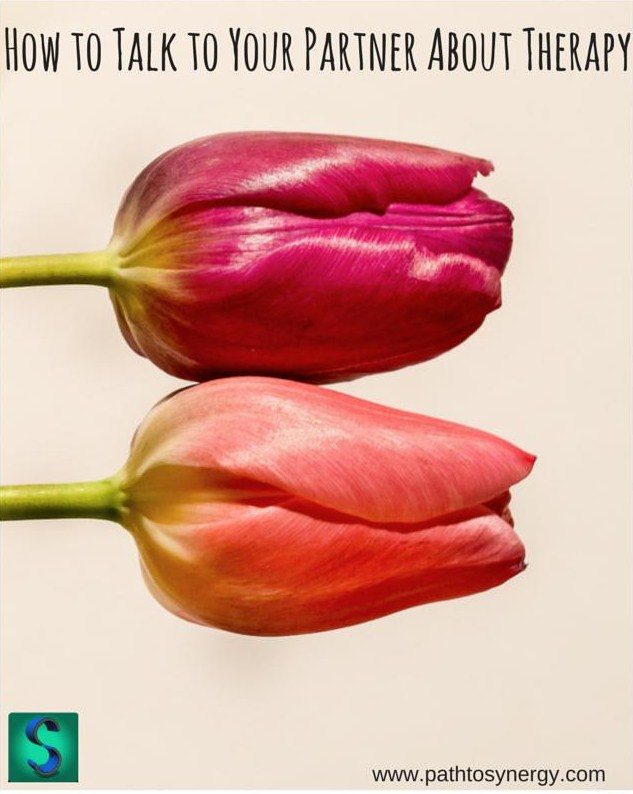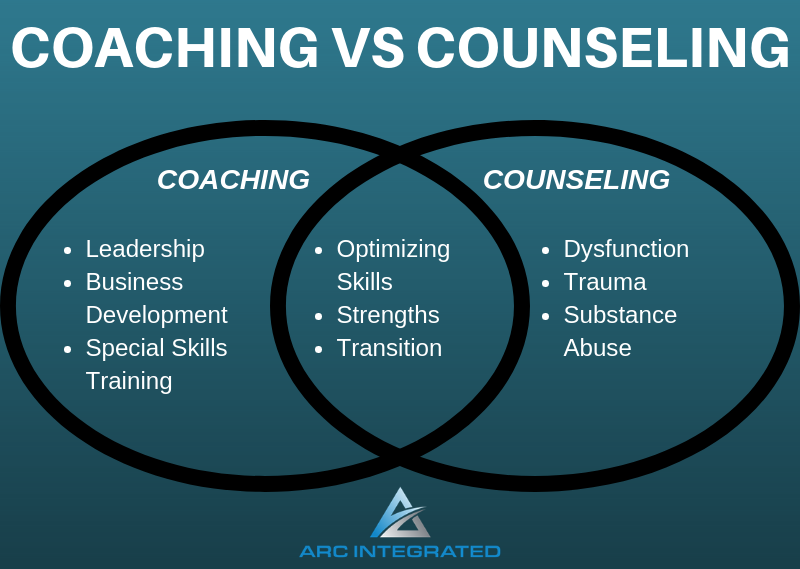The Importance of Gratitude

I was on a flight last week heading out to California for what I expected to be a very transformational conference, and it was. I was excited to be going in the first place but returned with even more gratitude. The conference was called – The Most Awesome Conference, and indeed it was. It was put on by a group of savvy therapists, consultants and business strategists. This conference was unique, not only did we get to hear presentations on important strategies of running a business but we got to participate in creating new ways to market, promote and manage our business. The amount of connection and support I felt from this weekend conference was intense. I was reminded of the importance of gratitude. It is with this gratitude that I continue to be propelled forward.
I would like to give thanks to the following people for putting together such a great weekend full of learning, laughter and action! A special thanks to – Joe Sanok of Practice of the Practice, Kelly & Miranda of Zynnyme, Dr. Julie Hanks, Jo Muirhead, Mari Lee of Growth Counseling, Ernesto Segismundo of Fylmit.com, and all the wonderful attendees of The Most Awesome Conference!
I am so grateful to have had the opportunity to learn from them and to have had the chance to share ideas and explore how to build the field of counseling, coaching and consulting.
I reference this story for a few reasons –
- It is important to me to be thankful.
- Gratitude can improve our lives socially, psychologically, and even physically.
- Gratitude impacts others, thus impacting the world!
Three reasons why expressing gratitude may be beneficial to you
- According to Robert Emmons, a leading researcher on gratitude, there are a number of benefits from offering regular gratitude including – stronger immune system, higher levels of positive emotions, more forgiving attitude and less feelings of isolation.
- Gratitude can have an impact on your relationships. According to John Gottman, a leading expert in marital relationships, it is very important for a couple to maintain a ratio of more positive interactions than negative, for the marriage to be successful.
- Gratitude has an impact on others around you. If you want to make a difference in how you interact with others, consider adding an element of gratitude. This shift in interaction style may have a great impact on your relationships and communication. Others are more likely to respond to gratitude than discontent.
When I think of the times in my life that have been particularly challenging, one of the things that brings me back from feeling like nothing is working, is to be thankful for all that I have. The truth is that when we cut out all the things we have from the things we need, most of us are richer than we think.
So the question at times may be – “What am I grateful for?” This may be an easier or harder question to answer, depending on the day. However, just like everything, if you practice it becomes easier. So, please see the following challenge –
Challenge of the Week!
- Think of someone or something you are grateful for and why.
- Express this gratitude by writing a small thank you message and tagging them via social media.
- Share this post.
- Move through the day with ease.
Thankfully,
Michael






